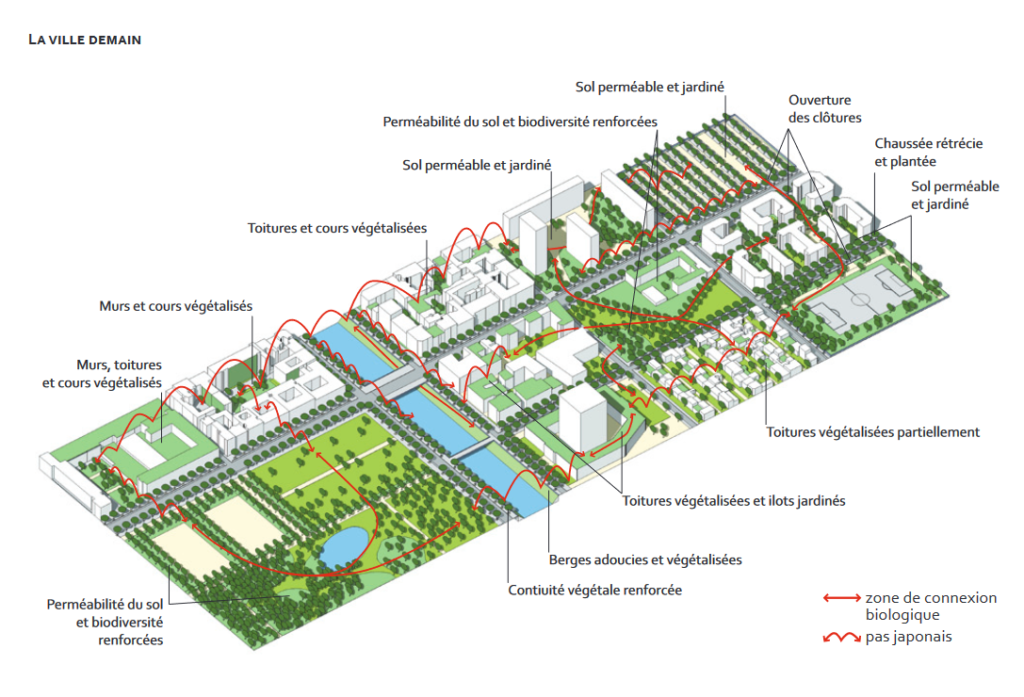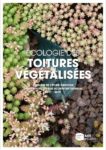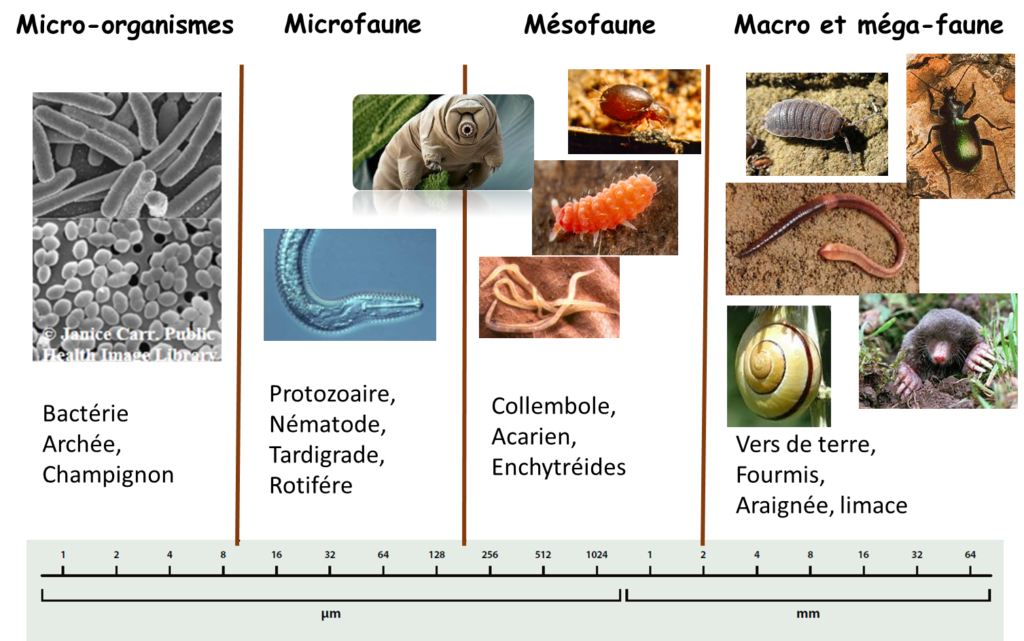Conference organized by Adivet on “Green building and urban biodiversity” – 21.10.21
Adivet organized a one-day conference on “Green building and urban biodiversity” last October. Almost 150 people attended this conference to listen and talk with the major French experts in the field – university teachers, research institutes, policies.

Marjolaine Meynier-Millefert, Vice-President of the Committee on Sustainable Development at the French National Parlement and President of the HQE-GBC Alliance, opened the conference. One of the points she highlighted was that we “went from the why to the how”. This new position has developed the three current challenges: the fight against the artificialization of soils requiring avoiding urban sprawl and therefore “Re-make the city nicer and make it desirable again”, react to the degradation of biodiversity, corresponding “the sixth mass extinction of species”, and finally, adaptation to climate change by “reducing its impacts through the carbon sinks of plant species (…) and preventing the formation of heat islands by opposing them to plant islands”.
Pascale Dalix, founder and director of the architectural agency Chartier-Dalix, presented projects that led the agency to question the reception of life, in conjunction with the expected functionalities of a building: are we building only for users or also for fauna and flora? The building can also “carry its own landscape when there is no more space for the open ground.” Chartier Dalix continues its research to find multifunctional solutions: “hold, isolate, nourish and welcome the living” for a wall being installed for which a patent has been filed. Without forgetting to share this vegetation in wall and roof with the surrounding neighborhood and thus allow the social connection.
Hemminki Johan, Project Officer at the Regional Biodiversity Agency of Ile-de-France (Paris region), detailed the Grooves study, published in spring 2021. He stressed the importance and richness of biodiversity observed on the 36 roofs studied, with 400 floristic species detected, 73% spontaneous! On the wildlife side, 611 species have been inventoried implementing a functional food chain. The speaker concluded by recommending to diversify the types of roofs – extensive, semi-intensive and intensive – the substrate heights and the plant pallets in order to optimize the placement of real biotopes in roofs, actually participating in the reception of biodiversity.
Robin Dagois, Project Manager for Urban Soils, Agronomy and Plant Innovation at Plante & Cité (wellknown research institure), presented Florilège en toiture, a project to inventory the planted and spontaneous flora of roofs, to communicate with the designers and managers of these works. A total of 602 taxa, comprising 57% spontaneous, were surveyed out of 86 surveyed roofs throughout France. If the sedums occupy the main place (with all their diversity own), they found number of spontaneous annuals (clover for example) of which some are melliferous, perennials (euphorbia, lavender, thyme, fetuque), but also plants that are banned from the roof, because of their roots, that must be removed.

Regarding wildlife, Maëva Felten, of the LPO (French Bird Protection League), showed that if the city was unfavourable to the reception of wildlife, the greening of roofs could contribute to fight against the disappearance of species in an urban setting (- 28% between 1989 and 2019). Through its Nature in the City and Refuge programs, the LPO supports projects to green buildings, recommending varying soil heights, planting different plant layers, the presence of groves and food hedges, the use of local plants, the addition of dead wood or rocks, the creation of ponds to recover rainwater. Promoting nesting requires the installation of suitable roosts. Finally, in terms of maintenance, it is recommended to mow once or twice a year, high enough and… communicate to users about these practices that do not result in the “neat” aesthetics commonly expected.


In the afternoon, the symposium resumed with the presentation of three feedback sessions aimed at welcoming biodiversity.
1 – Redevelopment of a industrial wasteland, in the north of Paris.
Several types of roofs and facades corresponded to the 3,000 m² to be vegetated: shade garden (vegetated as an undergrowth), private suspended gardens and shared gardens (places of exchange and pedagogy), inaccessible roof (25 to 30 cm of substrate, multi-strate vegetation palette, wildlife refuges) and facades covered with climbers.
2 – Collège de la Paix in the south of Paris.
The purpose of this project was to study biodiversity in situ and identify the elements that promote it. The 1,500 m² of roof were vegetated with a predominance of poaceae and grasses, on a 10 cm substrate. Very quickly, spontaneous (fabaceae and asteraceae) were invited, attractive for the entomofauna, pollinators and phytophages. 630 individuals were counted, distributed in 22 families and 7 orders. A real ecosystem was established.
3 – Maison de la petite enfance near Bordeaux.
The key-word for this project was to “replace” the initial grassland with roof revegetation. To do this, a varied plant palette has been implemented, evolving according to the seasons and years, connected with the large surrounding trees and benefiting from a suitable maintenance (a late mowing in autumn).
Author: Sophie Rousset-Rouvière (11/21)

